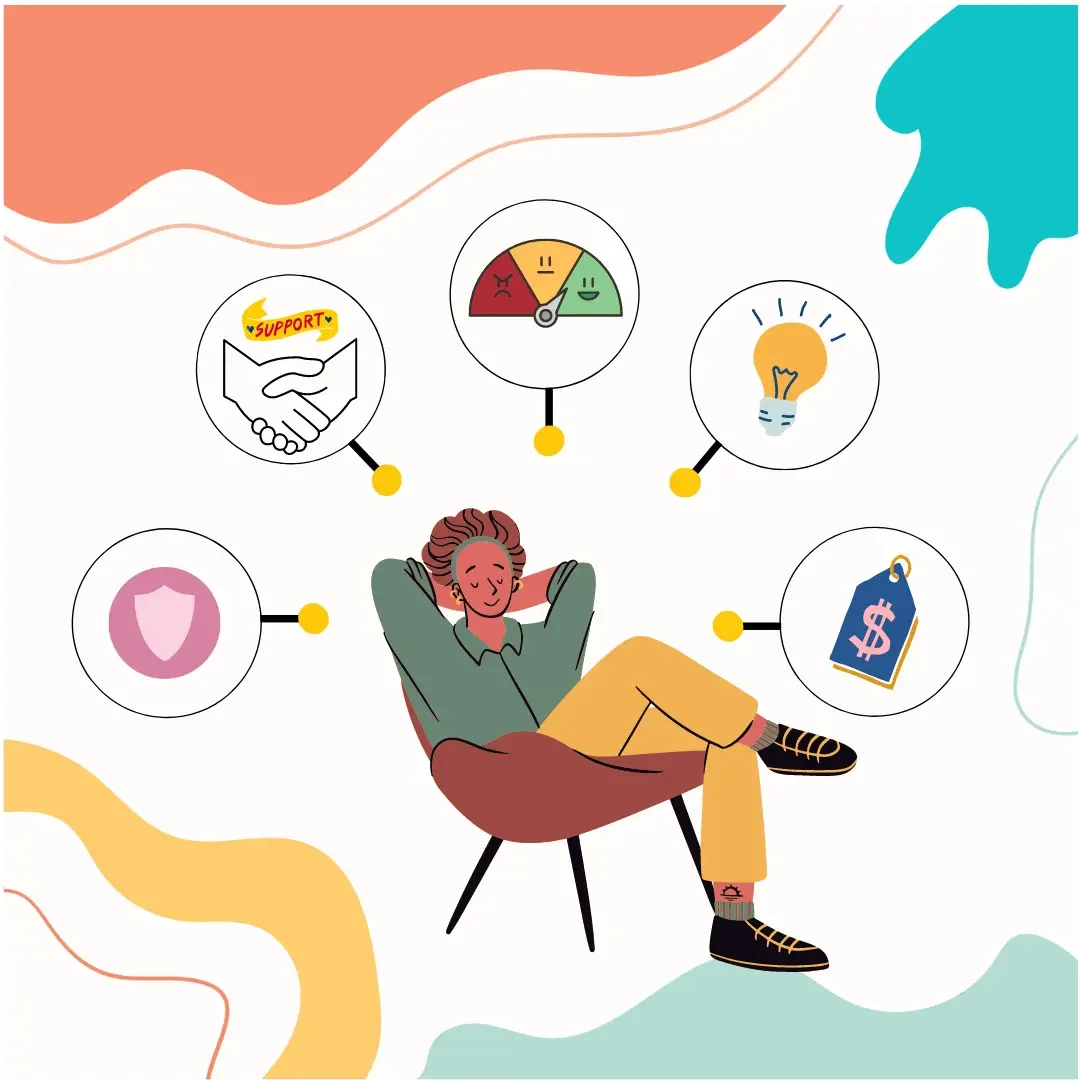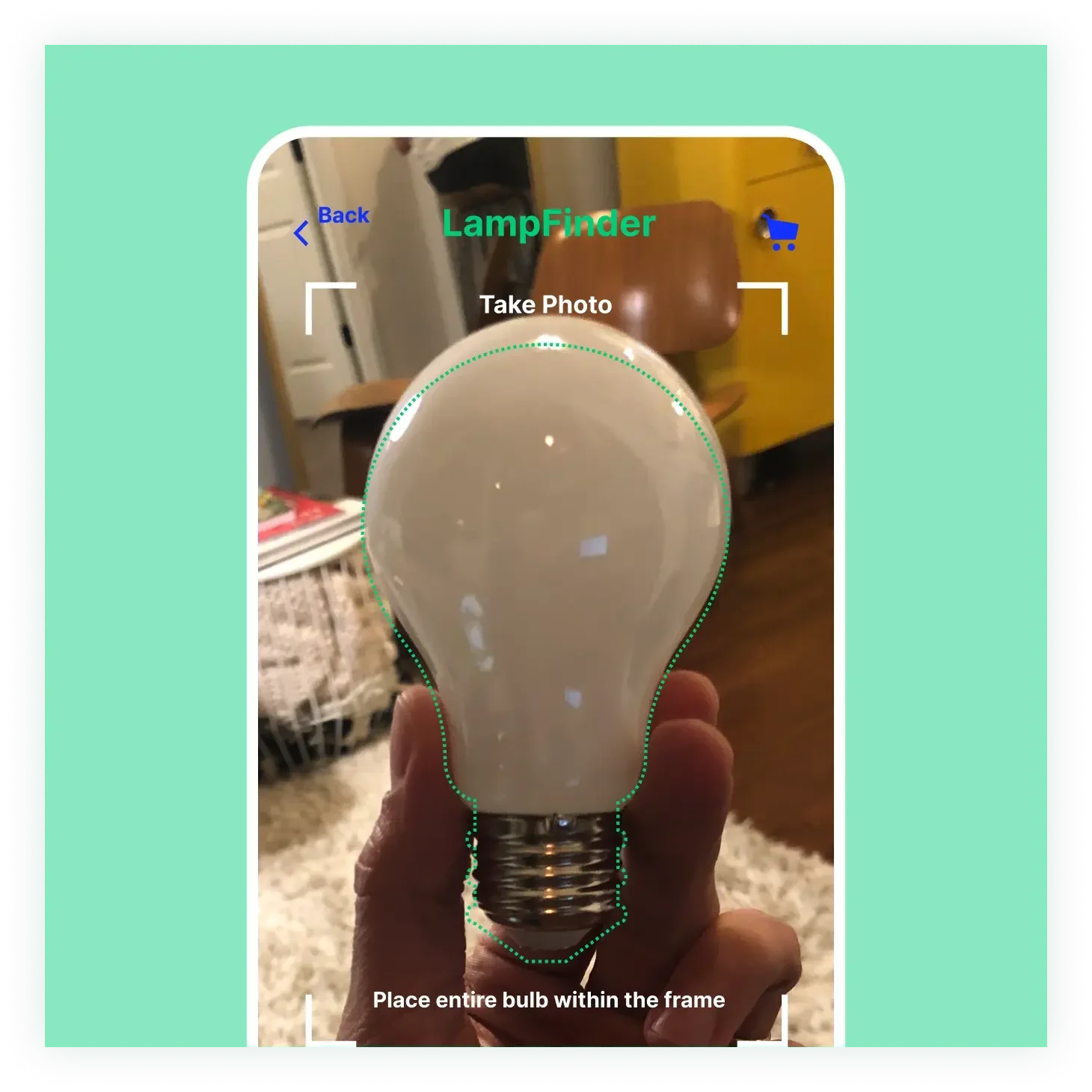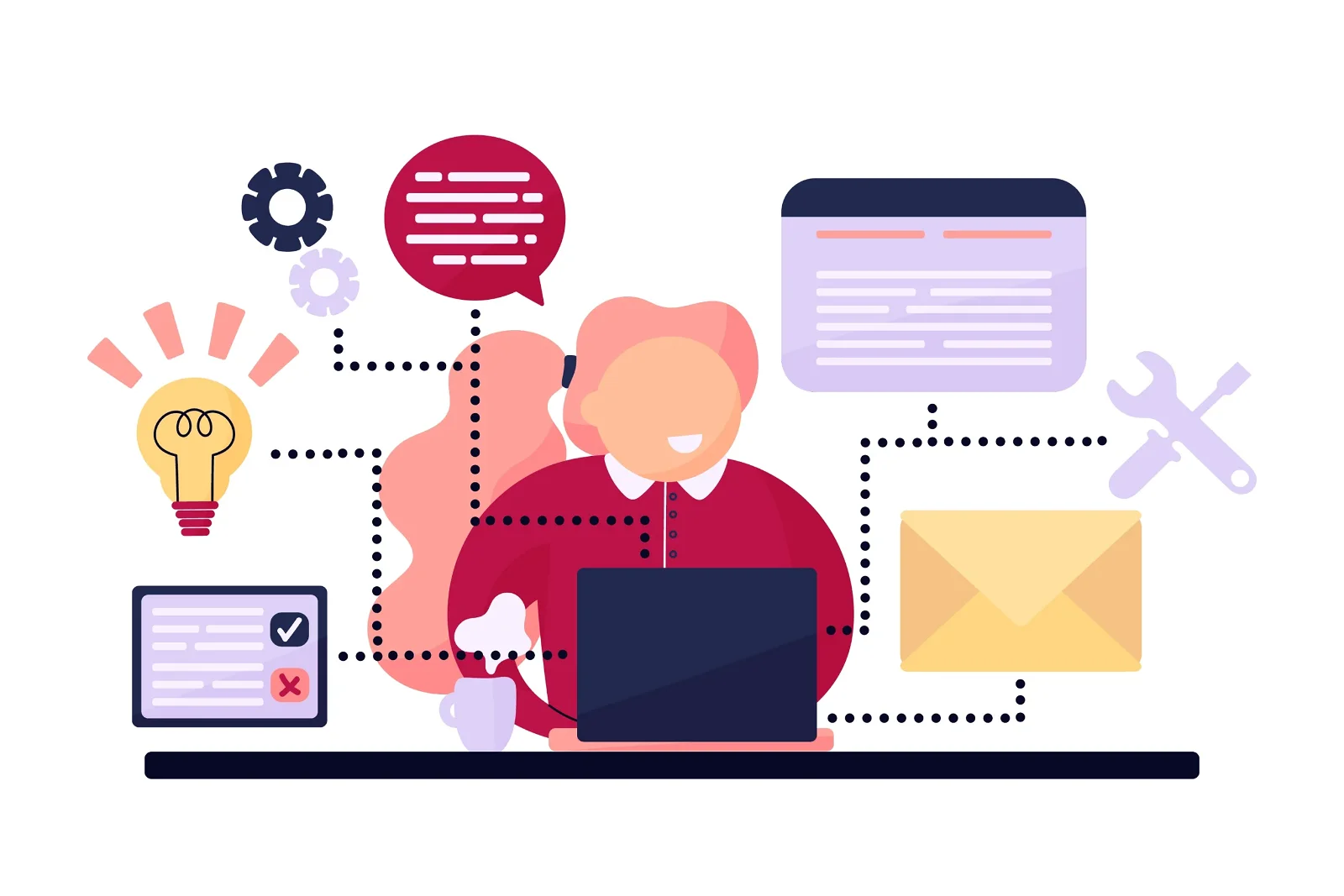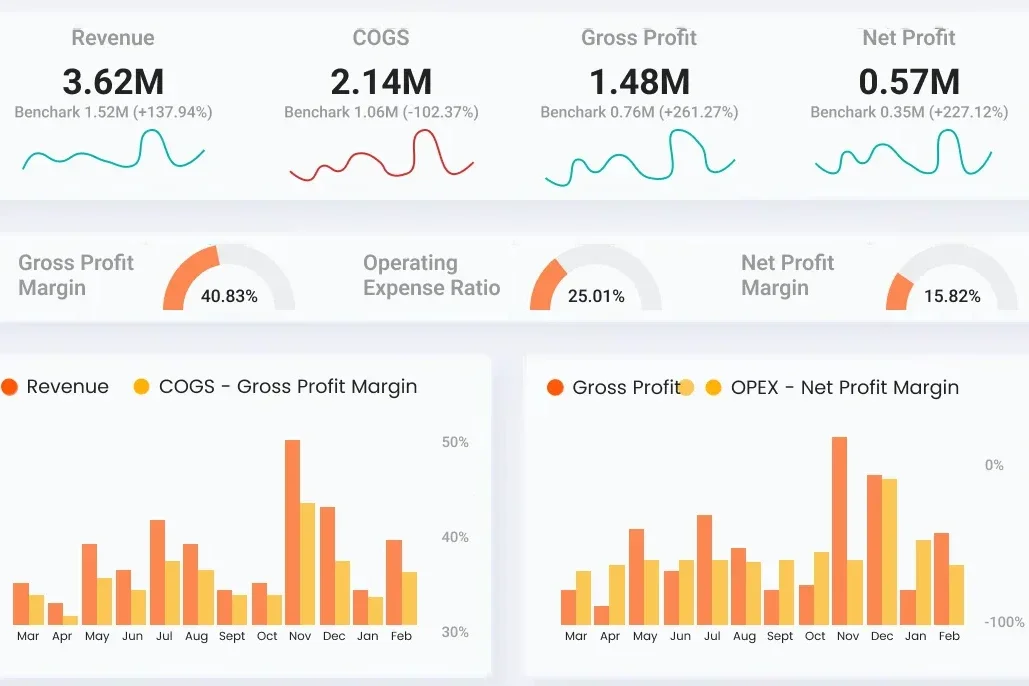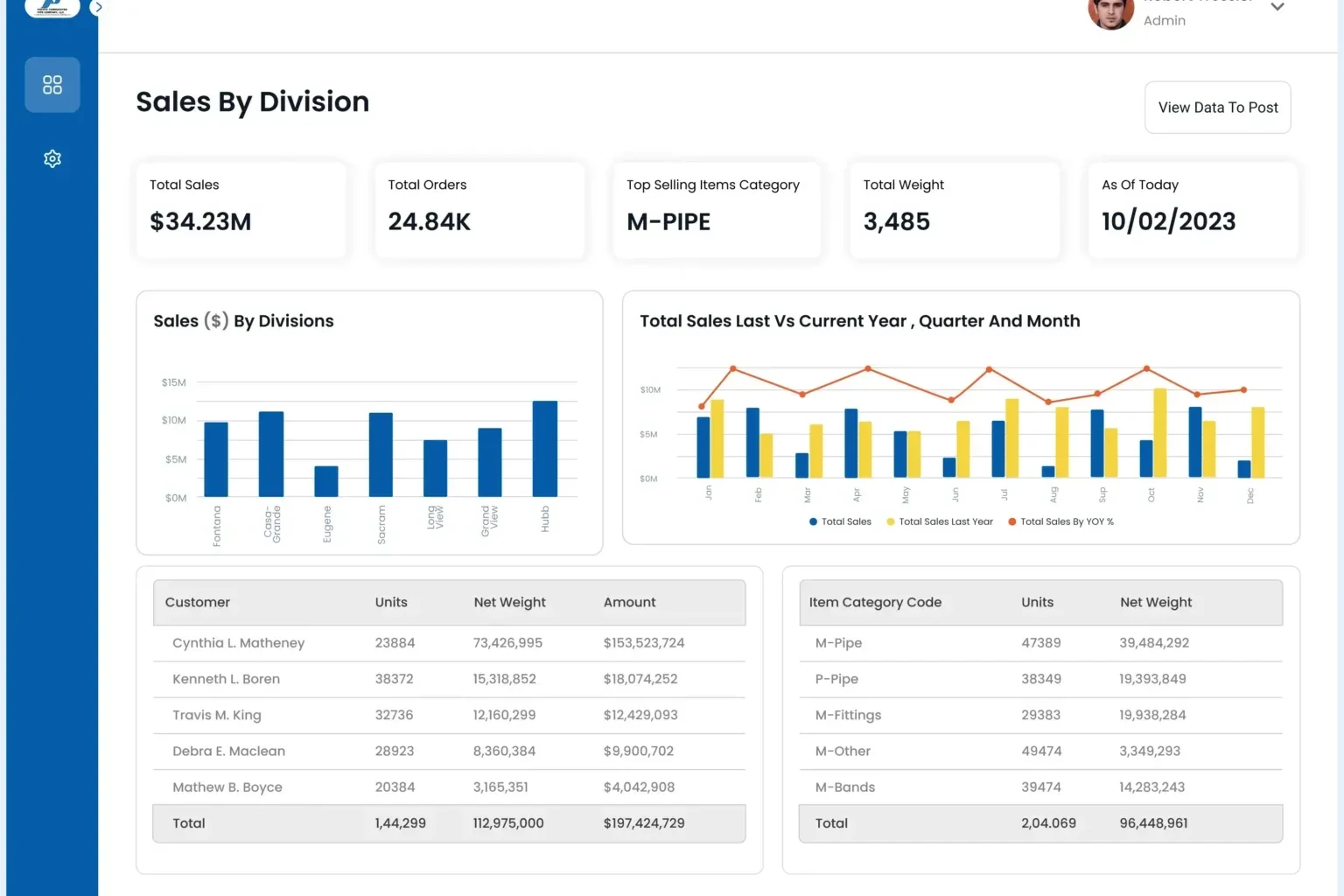“You’ve got to start with the customer experience and work backward to the technology. You can’t start with the technology then try to figure out where to sell it.” – Steve Jobs
Customers are the ones who drive the market and so fulfilling Customer Needs should be the priority of every company or organization. Most businesses don’t care about Customer Satisfaction and thus ignore any customer-centric approach in the Product Ideation process.
Just like Product Discovery requires product ideation, in the same way, product ideation needs customer satisfaction. In this blog, we’ll discuss what Customers think while buying a product and what approaches you can take as an SMB owner for successful product ideation.
Who is your Target Audience?
Before understanding your customer’s needs, understand your target audience. For successful product ideation, it is important for a business to know who they are creating the product for. Market Segmentation is a good practice where you can divide your target audience to learn more about them and their desires. This helps you to plan accordingly and approach them in a better way.
To know your target customers, ask questions like:
- Whom do we want to sell to?
- Is the audience specified?
- Is this a general-purpose product?
- To whom will this product be helpful?
Once you know the answers to these questions, you can work on creating a plan and designing the process. Your target audience can be anyone, it might be gender-specific or age-specific. It might be specific to any location or maybe similar interests. Without proper knowledge of your customers and their needs, the product lifecycle process can be lengthy and might as well be costly.
Understanding the meaning of “Customer Needs”?
People often get confused between customer needs and customer wants. “Customer need” refers to the requirements, desires, or problems that they want to address with the purchase of any product, while “customer want” refers to the preferences or features they would want in a product. The latter is driven by lifestyle while the former is driven by the necessities of life.
Businesses stress earning profits by making more sales but forget that without the customers there can neither be any product nor any sales. While understanding what a customer might need, businesses need to focus and learn about the three types of needs a customer has:

There are two other needs – Convenience Needs and Cost-Related Needs. These two are based on more simplistic reasons like a need where life gets easier and simple and the other one where the product is more budget-friendly and affordable.
Success Story for Pen Medicine
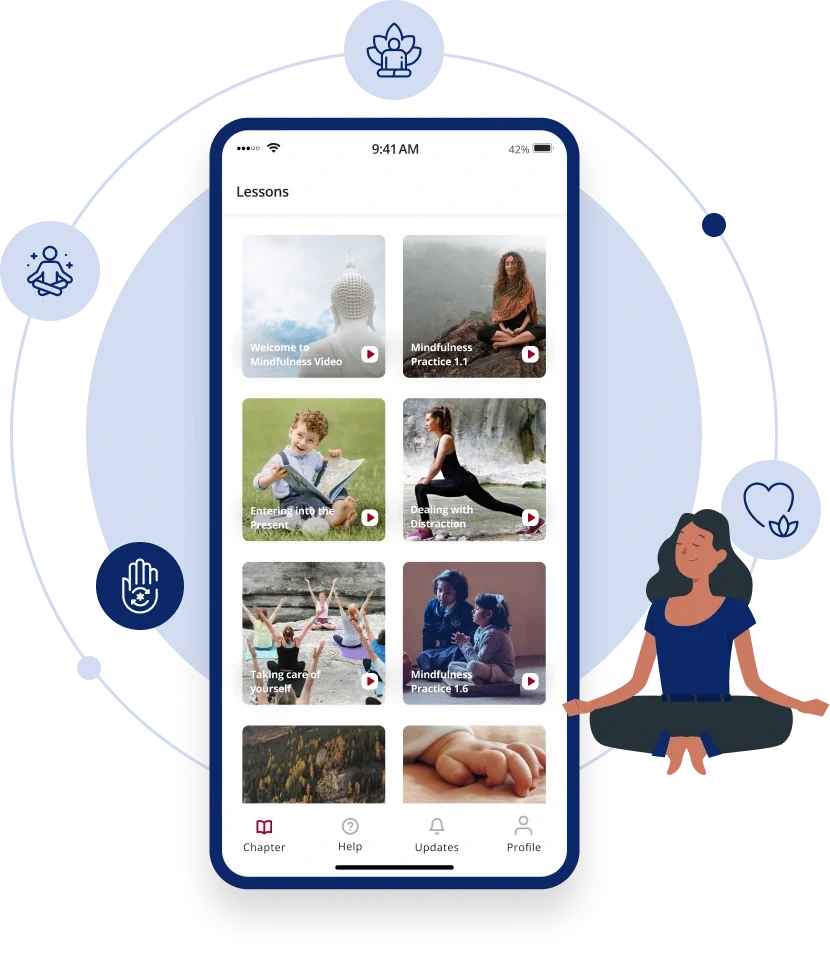
Penn Medicine realized the need for a platform that would provide constant learning and de-stressing by engaging people in mindfulness lessons. Thus, they partnered with Sunflower Lab for a digital solution where a Mindfulness Lessons App was created.
The creation of this app took place because of the need of buys healthcare professionals to de-stress themselves without taking any special time out.
- They could access this app anywhere on the go without juggling between work and life.
- The app’s user-friendly interface helps them easily navigate through the app.
- They can also go through the already available programs and need not search for different mindfulness practices.
- Users can also fill in surveys for self-introspection and respond to the questions asked.
This app helped to maintain a healthy mind at the same time work in their required field. This way Sunflower Lab helped Penn Medicine (case study) provide better customer satisfaction and experience.
Know Your Audience
Now that you know how many types of customer needs there are, you might want to learn how to identify them. There are a few methods that might help you understand your audience a little better:
1. OBSERVE
Study your customers with available data and patterns. Learn about their habits, likes, and dislikes. Put yourself into their shoes and you’ll find your answer. Now, while dealing with the pain points, you need to categorize your customers in two – Latent and Explicit. The latter one knows exactly what they want from your product, but the former is confused and frustrated.
As a business owner, you need to learn to understand the pain points of latent customers because most people don’t know what they need, and this can be a good opportunity for you to sell your product.
2. ASK
Do not stay back but ask your customers about their requirements. What they need and what they are looking for. This helps them as well as you understand their requirements and be open to many considerations.
3. TEST
As said above, one of the best ways to understand your customers is to put yourself into their shoes. This helps you get an insight into customer experience and the credibility of your product. This process also involves Innovation because now you know what more your product can achieve.
The Significance of Customer Needs in Successful Product Ideation
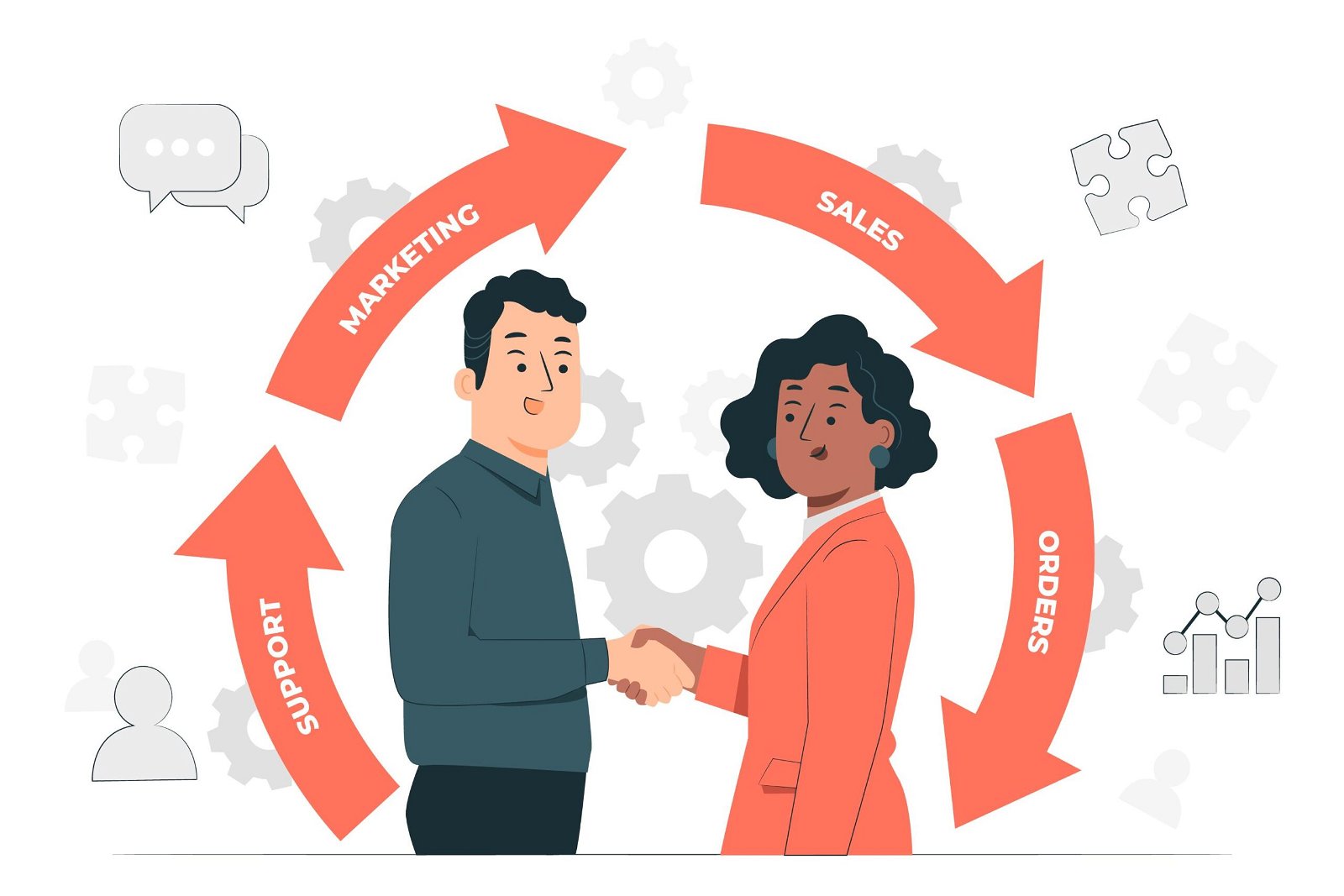
Product Ideation is a process in Product Discovery Lifecycle where new ideas are generated either for the existing product or a new product. This process is a crucial step because it helps determine the very core of the product. Many questions like the Why, What and How of the product are discussed here with a customer-centric approach kept in mind.
When generating a new idea for a product, a customer-centric approach is very necessary. This gives insights into the requirements of the customers and helps to discover a better product and a better solution. When Customer needs are considered in the making of a product, customer value and loyalty also increases.
There are many reasons why Customer Needs are important. Some of them are:
1. Customer Satisfaction
Customer Satisfaction and Experience come first when Customer needs are considered. Creating a product with the need of the customer in mind ensures the satisfaction of the customer at the same time they become repetitive users. Not only this, if a customer is happy with a product, they might even share positive words about your product with their peers. Nowadays, people share their reviews through social media which is basically free marketing for your product.
2. Market Relevancy
When businesses create a product based on the needs of the customers, their market relevancy boosts. This is mainly because it addresses the pain points of the customers and fulfils their requirements. When the product ideation process is in alignment with the market needs, it creates organic demand.
3. Innovation
Customer Needs act as a driving force for innovation. While fulfilling the demands of the market, Innovation is bound to happen. In the case of an existing product, improvements will surely take place, and for a new one, a better feature for a more customer-centric approach will be added.
4. More safety, less risk
If your product is aligned with the customer’s requirements and preferences, there is a high chance of your product thriving in the market.
5. Upper-Hand over Competition
Caring about your customers and their needs gives your business an advantage over other businesses. Your business becomes unique at this point for understanding the customer demand and ideating a product not solely for generating revenue but for generating customer satisfaction.
Success Story
A bulb of Your Choice
With the changing market and lifestyle, Philips realized that customers prefer buying from the comfort of their homes. Thus, with Sunflower Lab as their digital solution expert, they designed Philips Lightfinder, powered by AI and AR, and could meet the growing customer demands.
Philips’ main goal was to fulfill customer needs to give a better experience and by leveraging AI and AR, now Philips was able to do so. With Scan, Select, and Buy feature people were able to find a bulb of their choice and choose the light they preferred for their home.
This customer-centric approach helped Philips boost their sales up to 1.7B in the first quarter and the app achieved the fastest app downloading record.
Understanding your Product
What is your Product about and how will it satisfy your customers?
It is another important journey to learn about your business and the product that you’re selling. It should scream about your brand voice. During the product ideation process, taking care of brand identity is equally important as a customer-centric approach.
For customers to remember your brand, it is important for your brand to be visible and loud. Customers can only spread information about your brand and your product, if they really know about it.
Before creating a product for your customers, make one for yourself. Ask yourself if you’ll buy it or not. Why would you buy it or why would you not? This will help you to provide 100% customer satisfaction and better experience. Spread about your product discovery journey as well, this makes your customers trust you more and makes them rely on your product for quality and value for money.
Conclusion
Becoming a business that serves their customers first is a unique quality. Considering customer’s needs is the foundation for a successful product ideation because it provides quality and satisfaction, increases customer value as well as customer loyalty. A business that makes sure of customer satisfaction is appreciated, valued and stays relevant always.
If you’ve an idea and are looking for better approaches to satisfy a multitude then look no further. We, at Sunflower Lab, have a team of experts who will dedicate themselves to providing the best solution possible. Contact Us today, we’ll be happy to discuss and ideate.
You might also like
Stay ahead in tech with Sunflower Lab’s curated blogs, sorted by technology type. From AI to Digital Products, explore cutting-edge developments in our insightful, categorized collection. Dive in and stay informed about the ever-evolving digital landscape with Sunflower Lab.


